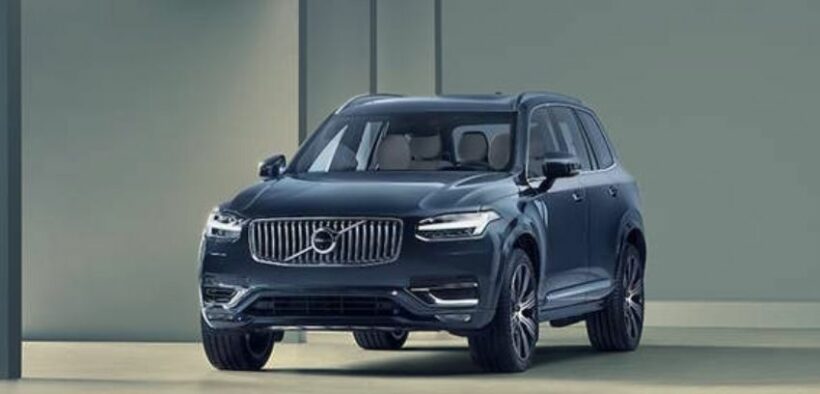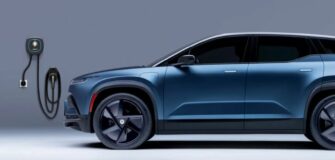Exploring Ford’s Automotive Gems That Don’t Wear the Blue Oval Badge

Over its illustrious 120-year history, Ford has crafted some remarkable automobiles under its name. Yet, there’s an intriguing chapter in the Ford story—models produced by brands that bear different badges but share the Blue Oval’s legacy and innovation. Let’s embark on a journey to discover these captivating non-Fords.
Volvo XC90: The Swedish Marvel
As the early 21st century saw a burgeoning interest in SUVs, Volvo introduced its maiden SUV – the XC90. Even before Ford’s acquisition, this groundbreaking vehicle was in the works. The XC90 generated a buzz upon its debut, and its popularity soared after its 2002 release. It soon claimed the throne as Volvo’s best-seller, a title it held until 2007 when the more affordable V50 took the lead.
Troller T4: A Brazilian Off-Road Legend
While Troller may not ring a bell for many outside South America, it was a renowned Brazilian manufacturer celebrated for its rugged off-road vehicles. In 2007, Ford acquired the brand and oversaw the comprehensive redesign of the T4. Unfortunately, the global expansion of the T4 was cut short when Ford Brazil ceased production in 2021, marking the end of the Troller era.
Range Rover Sport: A Shift in Luxury
In a groundbreaking move, Land Rover, a subsidiary of Ford, unveiled the Range Stormer concept in 2004, signaling a shift for the Range Rover brand towards more affordable territory. In 2005, the production Range Rover Sport emerged, sharing lineage with the Discovery 3, and offering a smaller, more budget-friendly alternative to the flagship Range Rover.
Lincoln Navigator: Luxury Meets Size
The Lincoln Navigator made a grand entrance into the full-size luxury SUV segment in 1998, one year ahead of General Motors’ Cadillac Escalade. Now in its fourth generation, the Navigator enjoys a solid second-place standing in its class, outpacing rivals like Infiniti, Lexus, and Jeep. The 2024 model year witnesses a change, with rear-wheel drive being discontinued.
Jaguar XJ220: A Supercar Icon
The Jaguar XJ220 prototype initially boasted a powerful V12 engine and all-wheel drive. Still, the production version featured a 3.5-liter V6, turbocharged for impressive performance and powering only the rear wheels. Though it fell short of the initial promise, this supercar remains a beacon of speed, capable of roaring past 200mph. Decades after its 1992-1994 production run, with fewer than 300 units crafted, the XJ220 is revered as one of the finest supercars globally.
Aston Martin Vantage: A Sports Car Epitome
Aston Martin’s Vantage nameplate, celebrated for over 70 years, witnessed a transformation during Ford’s ownership. The 2005 model, a sportier iteration, was developed entirely during this period. Initially fueled by a V8 engine (a distant relative of Jaguar’s), it later incorporated the potent 5.9-liter V12 from the DB9. Offered in numerous iterations, with coupe or roadster bodies, it graced roads until 2018, accumulating nearly 25,000 units – a modest number in Ford’s terms but a remarkable feat for Aston Martin.
In conclusion, these non-Ford gems demonstrate the profound influence of the Blue Oval in the automotive world. They reflect Ford’s ability to innovate and craft iconic vehicles under various marquees. These automobiles continue to captivate enthusiasts and stand as a testament to Ford’s enduring legacy in the global automotive landscape.
As we look back on this journey through remarkable vehicles, it’s clear that Ford’s impact extends far beyond its name, enriching the automotive world with a diverse array of outstanding cars that are appreciated and celebrated by enthusiasts worldwide.









